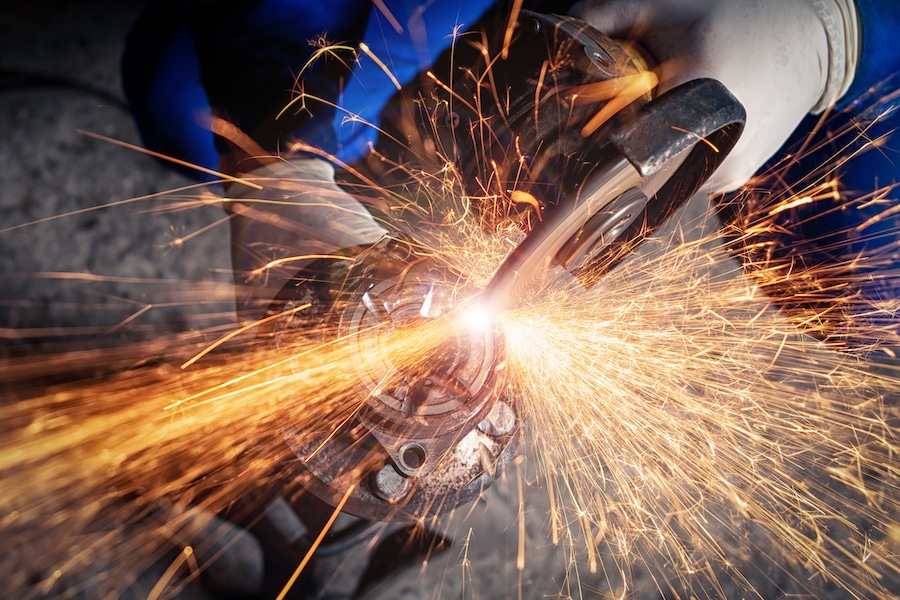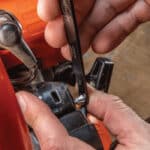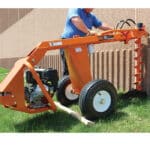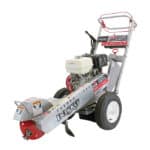
Today’s power tools are revolutionizing various industries that include construction, automotive, aerospace, shipping, and energy. Intelligent tools have also given DIYers the confidence to tackle complex projects that are typically handled by pros.
The need for mobility and reliability without being connected to an external power source increases cordless tools’ sales. Several years ago, the introduction of lithium-ion batteries gave the industry an energy-efficient, lightweight option to traditional nickel-Cd or nickel-cadmium batteries.
Whereas NiCad batteries maintain a charge for a few months, a lithium-ion battery keeps a usable charge for up to a year. Lithium technology is expected to grow 9 percent by 2024. Brushless motors have also accelerated product development within the industry.
North America is the largest market for Cordless Tools
The surge in DIY activities and housing renovations is a crucial contributor to the growing demand for cordless power tools. This may explain why it’s projected that the residential segment is expected to grow at the fastest rate (13 percent) within the next four years.
Homeowners are driving sales of drills, glue guns, screwdrivers, and jigsaws to complete household projects. Globally, the cordless market is expected to grow 70 percent by 2025 due to expanding construction and activities related to energy and electronics in countries such as India, South Korea, and Japan.
Technology caters to the needs of DIYers and Pros.
Companies are investing heavily in research and development to develop innovative new products. While safety is essential for every user, it is especially critical for DIYers who may not be trained in following safety requirements. Manufacturers also need to address the evolving needs of their pro customers. In 2018, Stanley Black and Decker expanded their line of cordless products and smart power tools to leverage sales in this growing market.
Developing power tools with enhanced safety features reduces the risk of injury. These tools and devices are also easy to operate. For example, the Flexvolt™ battery by Dewalt™ automatically switches battery voltage based upon the tool attached to it. Changing the voltage helps in manually adjusting the power before using different corded power tools.
Milwaukee Tool has unveiled the industry’s first full-size chop saw. “Since its inception a little over ten years ago, M18™ cordless technology has continued to push the boundaries of 18V capability, allowing us to develop tools with the performance to replace some of the most powerful corded tools,” said Brian Alves, Group Product Manager for Milwaukee Tool. “By harnessing the power behind our M18 FUEL™ Technology*, we are now able to bring a cordless chop saw that delivers corded power to our users.”
Additionally, Robert Bosch offers a Toolbox App that connects to power tools to improve efficiency. The app allows the user to customize power controls and managing tools using their smartphones. The advent of connected power tools has further intensified the competition in the market.
Crowded Global Playing Field
Manufacturing power tools is highly competitive. The U.S. market is dominated by manufacturers such as Stanley, Black & Decker, Robert Bosch, Milwaukee Tools, Stihl, and Makita, to name a few. However, the global market also consists of multiple international manufacturers who operate facilities in Germany, Liechtenstein, Sweden, Japan, and China. The category is projected to grow from $36.1 billion in 2021 to $44.5 billion by 2025, a compound annual growth rate of 5.8 percent.










